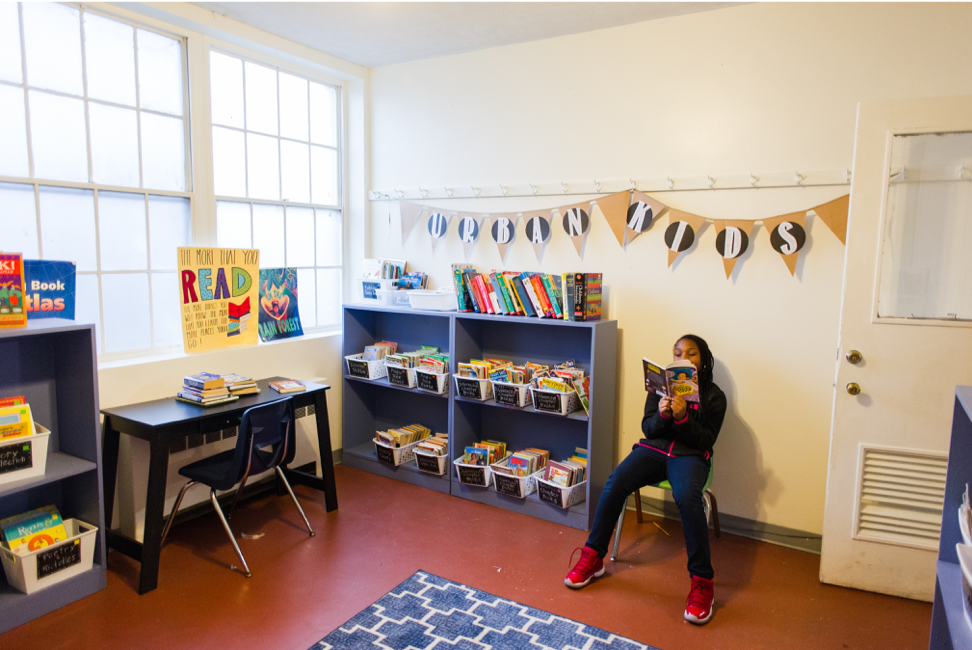
“Hope you are doing great! I am the xxxxxxxx from the xxxxx Board. We are currently looking for a photographer to take our Board Pictures at the at 2pm on August 20th. Do you ever do any nonprofit stuff? Your time would be tax deductible and we would tag you every time the photo is shared on social media.”
Most creative, small business owners know the message above all too well.
From donating physical items for silent auctions to donation of time and talents, many of our well meaning friends in the nonprofit world think it is a simple ask for a worthy cause. Though this is often true, to what extent are you overextending yourself and your businesses?
How do we kindly decline or say yes without over committing to other asks?
How do we determine when we are giving back with joy, getting exposure, or simply being exploited?
I spent my college years developing a passion for non-profit business long before I knew photography would be where I would end up. As my business plans grew, so did the demands on my time from worthy organizations asking for help with a project.
I was raised in a family that served often, including a father who has worked in the nonprofit world since 2004. I believe in the responsibility to use your talents to serve worthy causes, but the success of my business makes that possible.
So how do you find the right balance? How do you learn to say no when your heart wants to say yes?
Here are four things that I recommend considering the next time your friend reaches out asking for you to put your philanthropy in business to work in their organization:
Making Philanthropy in Business Work Best for All Parties Involved
1. Is it worth it? Let me work it!
There are some non-profits that are building relationships with your ideal clients. Whether that is a specific target age range, a partnership with a venue you love that hosts the nonprofit’s annual fundraiser, a personal cause that might be a part of your personal brand and story, or a topic focused event that relates to your craft (ex: female leadership panel, art therapy fundraiser, etc.).
A silent auction might be a good idea if you are able to get your art/services in front of a certain clientele or if your specific passion and story aligns with the mission. Not only could it be portfolio building opportunity but it can be a good way to get your foot in the door and create word of mouth referrals from the winner and their circle of friends.
There is value in what you do for the nonprofit sector beyond just doing your craft. Look for things that bring value to your work and to the mission of the nonprofit. You can do both!

2. Who is on your podium?
Every year I choose three non-profits that I want to partner with and commit to and at the end of the year I re-evaluate that list of three.
I want to make sure I am respected, needed, and helpful (in that order).
I have been working with and donating services to the same three non-profits for three years now because I know they respect me, my services are fulfilling a need in their organization, and my services help bring awareness to and further advance their mission. They’re standing on my podium as organizations that have won me over with their people, their organizational skills, and their mission.
For me, one of the biggest benefits of partnering with organizations long term is you can start to build the seasonal work you are doing into your schedule for the year.
These organizations know when my off season is, when it is best to work together, and they respect that my commitments to my paying clients come first. In return, I try to be available for a variety of needs throughout the year.
These needs can range from bi-annual or annual event photography, any specific website maintenance photo update requests (headshots of staff or updated photos of a newer branch within their organization), and/or annual video for donors. Re-committing to organizations also means you gain a deeper commitment to and understanding about their mission and in turn, are able to more effectively share their mission which helps them grow. Win, win, win!
3. Time is Money
Of course, I get emails from organizations who aren’t currently on my “podium” often. When a different organization reaches out for a donation, what do you do? We all know “snapping one board photo” or “dropping off one or two leftover floral arrangements” or painting “just one piece of art real quick” is never as simple as it seems.
If the organization is adamant about their request of a board photo being the best way you can serve them, I’ve found the best way to respond to an organization’s request not on your podium is with a preset ‘non-profit price list’ or ‘non-profit donation.’
These price lists not only help set boundaries with time and services, but they also streamline these requests and minimize your emotional and mental attention to them by already having a known, set, and templated response.
Product-based businesses can choose one set product, such as an art print, to donate for silent auction requests.
As a photographer primarily running a service-based business, I chose to offer a discounted hourly event coverage to non-profits. In my off season, these events are how I receive supplemental income in a time of year I wouldn’t otherwise have as much work.
The hourly rate helps me also set boundaries to my time commitment with organizations. I have found a specific time range helps organizations better pinpoint a ‘shot list’ and think through specifics that they need/want from me.
These guidelines help me better serve them by having an organized schedule and set expectations, but it also helps the organization more effectively gather the shots they need to grow.

4. Best Bang for your Buck
When you set boundaries with tips one, two, and three, sticking up for yourself, your time and your business is even easier.
The key consideration to me is thinking about your donations as an investment in an organization’s mission.
How does the task or project you do impact the nonprofit? Does it raise $400 or is it creating the platform for a transformative message that launches a capital campaign or program. Is it photo for an advertisement or will it be used on the walls of their new lobby.
Is taking pictures of the Board really the best use of your time and talent? If not, continue a conversation with them about ways your talents can make the biggest impact for their organization.
I think it’s important to remind ourselves that these requests many times come from a place of lack of education and understanding of your craft. Imagine the possibilities when you all, together, dream up a way to impact an organization that helps them raise more money, help people visualize a dream-to-come, or celebrate a new accomplishment.
This is where passions and impact align and where some of my most meaningful work happens.
Just like your everyday paying clients, there are some non-profits that create the budget to work with me and there are others that politely decline for financial reasons and look elsewhere.
I whole-heartedly believe in the work so many amazing nonprofits are doing and the ways they are making the world a better place, but I also believe in the value of the work I do.
I have confidence in the boundaries I have set and I know the non-profits that choose to invest in my services do so with intentionality, respect, and gratitude. This may feel selfish but I remind myself of the commitment I am making to my podium causes.
I serve those organizations generously so I can give them my best work, give my business and paying clients the services they deserve, and so I can show love and respect by leaving space and time for my family and friends.
Ready to dream big about impacting countless others, leave a legacy, and make an impact… without breaking the bank? Get our Ultimate Guide to Philanthropy in Business.



